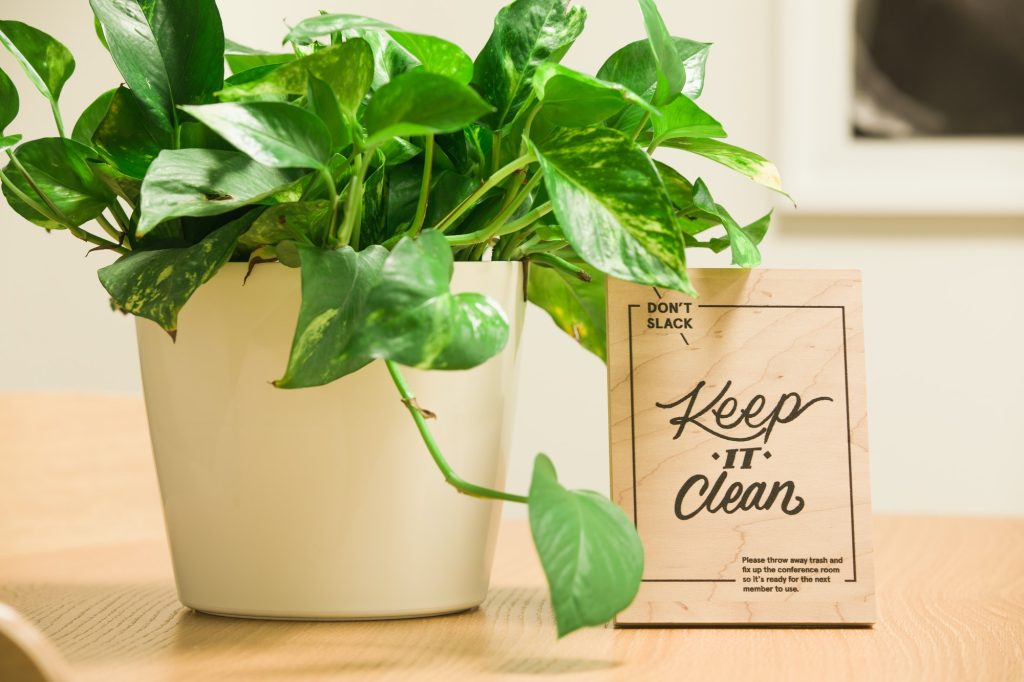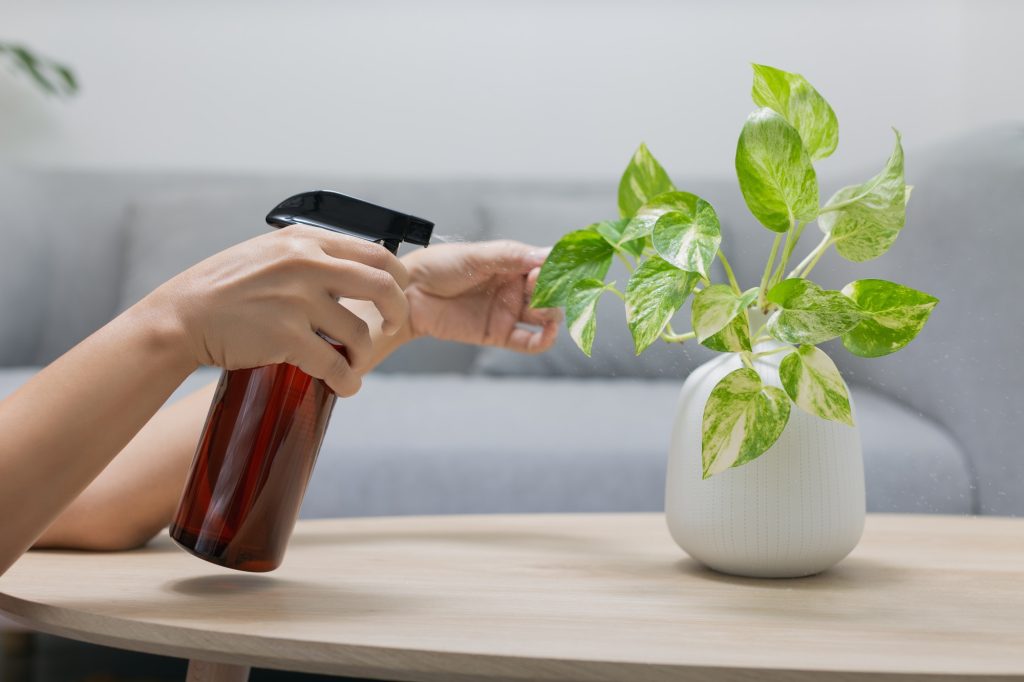Also called the Devil’s Ivy, the house plant is amongst the starter options for house plant beginners. The trailing stem of the Pothos plant contributes to its versatility; this implies you could grow the Pothos plants in containers, dangly baskets, and even on poles.
Also, they can be grown indoors and outdoors when provided with adequate propagation requirements.
With proper care and attention, you can have a pot filled with vibrant and bushy Pothos plants. To provide their basic requirements, all you need is an organic soil mix, a well-drilled pot, bright indirect light, and adequate watering.
Although they are fast growers and easy to propagate, a major challenge Pothos plant growers face is the appearance of brown spots on the surface of the Pothos plants. A slight change in the appearance of your Pothos plant, especially if you are a beginner can be a source of concern.
Most times, brown spots appear on Pothos plants during the winter and summer seasons.
This plight has been addressed in this article as information regarding the appearance of brown spots on the Pothos plant, causes, prevention, and how to get rid of them has been provided for you.
Causes of Brown spots on Pothos Plants
We have helped you identify reasons your Pothos plants may have brown spots or patches on their surface area. These reasons include:
1. Root rot
Immediately you notice discoloration on your Pothos, check out for root rot. Root rot is caused when the plant is exposed to waterlogged soil.
Root rot is also accompanied by a foul smell emanating from the plant. If your Pothos has been unduly exposed to excessive watering, the roots would be affected thus leading to the appearance of brown spots on the surface of the plant.
Under-watering also causes the appearance of brown spots on Pothos plants. Once the soil becomes too dry, the first set of leaves to be affected are the older leaves. This is an indicator that the soil is deprived of adequate water
2. Exposure to direct sunlight
Brown leaves appearing on your Pothos plant can be a result of excessive exposure to direct sunlight.
Pothos plants thrive when exposed to bright but indirect sunlight. Constant exposure to the harsh heat from direct sunlight would cause brown leaves to appear on your Pothos plant.
3. Poor environment conditions
If the humidity and temperature level of your Pothos is inappropriate, your soil would be affected as a result of bacterial infections. Extreme weather conditions lead to brown spots on your Pothos plant.
4. Over-fertilization
Excessive fertilization of your Pothos plant would affect soil thus leading to the appearance of brown spots on the leaves.
5. Pest infestation

Pothos plants are prone to pests like Mealybugs and spider mites. A severe infestation can take a toll on the foliage appearance of your Pothos with their leaves turning brown.
How to get rid of brown spots on Pothos Plants
Getting rid of brown spots on your Pothos plants is highly dependent on the cause of the change in foliage appearance. It is best to identify the cause before treatment to prevent the reoccurrence.
- If you identify that root rot as a result of overwatering is the cause of the brown spots appearing, the first step to take is to repot the Pothos plant. You would need to change the soil of the Pothos and also the pot if it is not well drilled.
- Unfortunately, brown leaves cannot change into the original vibrant color of the Pothos plant. To get rid of the brown spot or patch, you would need to snip off the affected parts with sterilized scissors of shears. Snipping off the affected areas increases the growth rate of the leaf.
- Reconsider the frequency rate of watering your Pothos plant. If the soil is soggy and the root condition does not seem bad, allow the roots to recover by keeping off watering for a while. Check the moisture level of your soil before watering regularly to prevent under watering or overwatering
- If over-fertilization is the cause, changing the soil is important to allow the roots to recover.
- Ensure that the Pothos plant is grown in an area of 70-90°F. Any temperature below or above this would affect the health of your Pothos plant. You can alter the humidity level for your Pothos plant through the use of humidifiers or by misting the leaves regularly.
- Make use of insecticides or cotton swabs of alcohol to treat affected plants. If this is not effective, remove the affected part from the rest of the bunch.
You must keep watch over recovering plants in order to be conscious of their recovery rate.
How to prevent the appearance of brown spots on Pothos Plants
It is safer and cheaper to prevent the appearance of brown spots on your Pothos plants than to get rid of them when they appear.
You can prevent the appearance of brown spots on your Pothos plants through these measures.
- Gauge the watering rate of your Pothos plant by ensuring the soil never becomes waterlogged. Using a well-drilled pot helps drain out excess water and prevents water build-up that could lead to root rot.
- To avoid over-fertilization, feed the plant every 2-3 months.
- Place the Pothos container in shaded areas to prevent the Pothos plant from direct sunlight.
- Make use of humidifiers and mist the leaves regularly.
- Immediately you notice the slightest sign of brown leaves appearing on your Pothos plant, try to identify the cause to determine the next line of action.
Tips on caring for your Pothos Plant
Here are some additional tips to help keep your pothos plants healthy.
- To gauge the watering of your Pothos plant, consider the placement of the container as this would determine the amount of sunlight that the soil gets. The sunlight received also determines the moisture level of the Pothos soil and this would inform your watering rate.
- Check the moisture level of the soil before watering by feeling its texture with your fingers; through this, you can avoid overwatering and under-watering.
- Prune the plants regularly if you do not want them crawling or hanging.
- Look out for slight changes in the foliage appearance of the plant as they may be indications that something is wrong with the plant.
- When you over water, drain out the water to avoid a waterlogged soil.
- Use a balanced fertilizer to feed the plant every 2-3 months.
- When pruning, make use of sterilized equipment to avoid pest infestation
- Make use of insecticides in severe cases of pest infestation.
Final Note
The appearance of brown leaves on your Pothos plant does not mark the end of the Pothos plant.
Although the brown leaves cannot change into the original color of the Pothos, they still have a better chance of surviving when they are properly tended to and nurtured.
More on houseplants:
